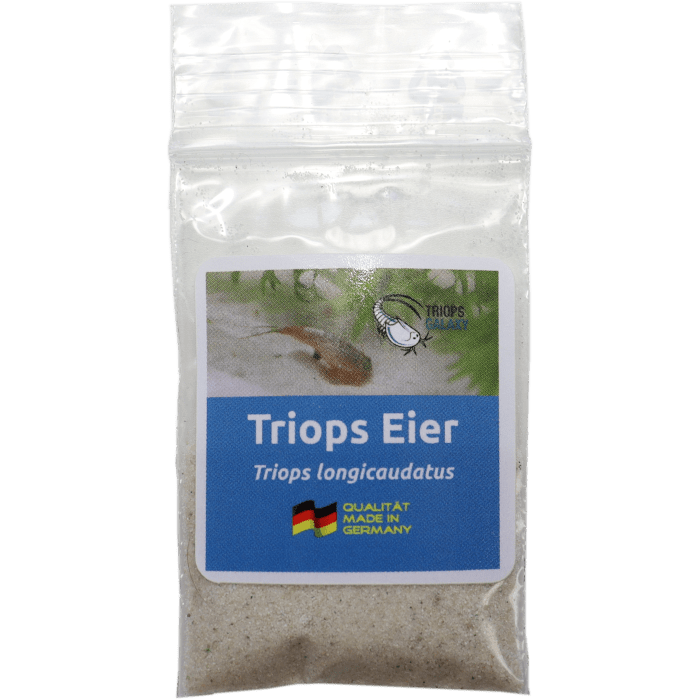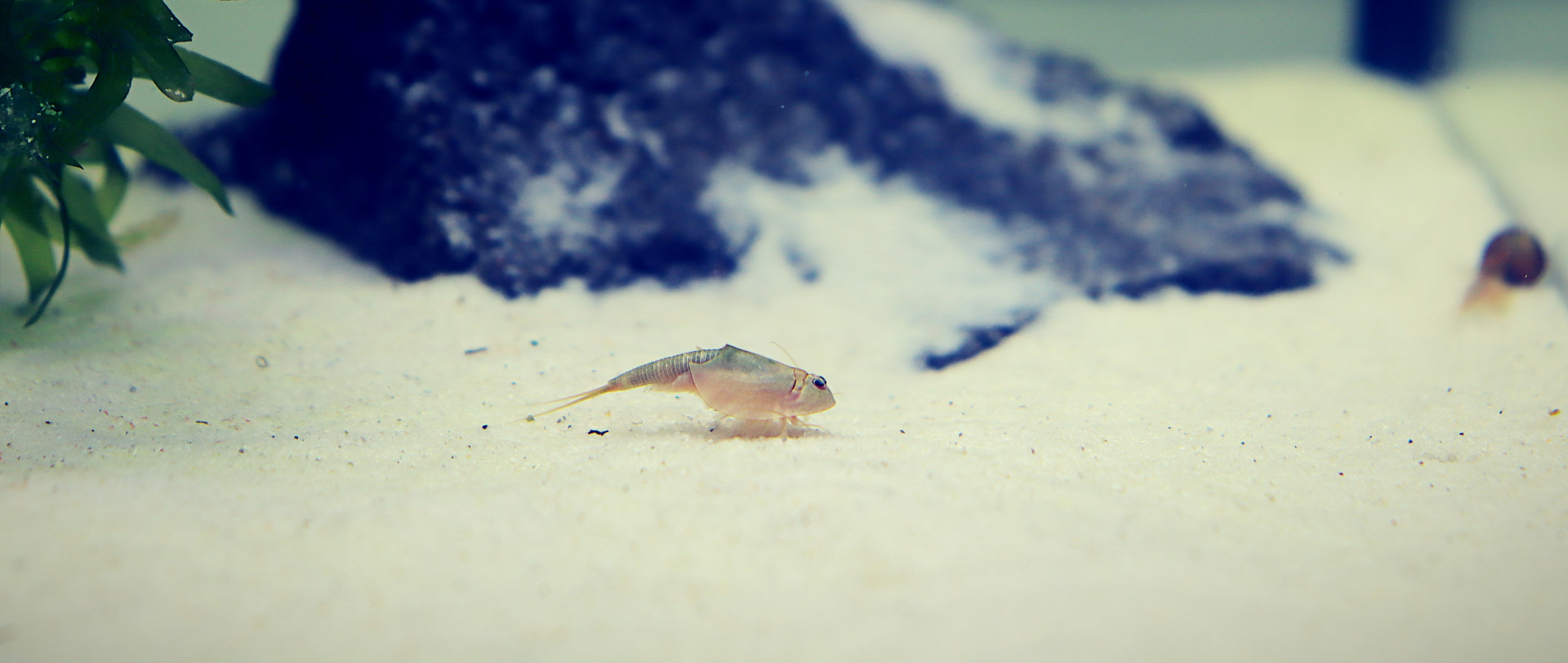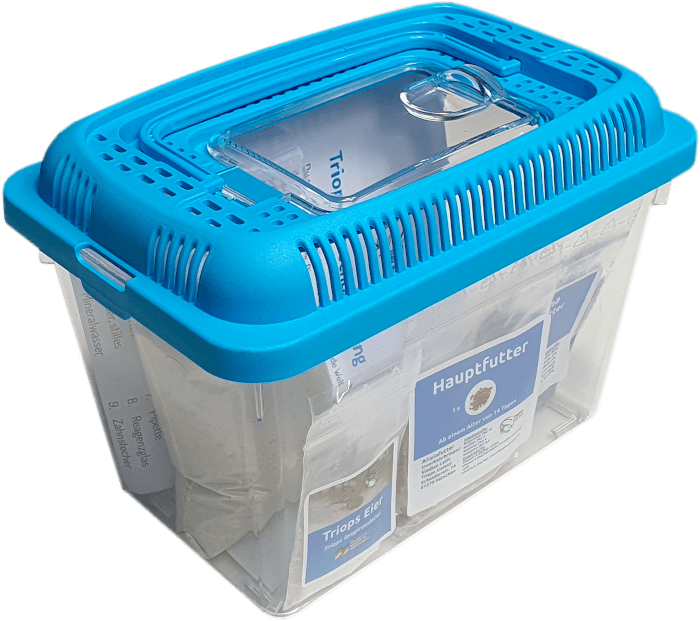Approximately 220 million years ago, dinosaurs roamed the Earth, reigning over ecosystems until their demise in the mass extinction event at the Cretaceous-Paleogene boundary. Amidst this cataclysm, Triops managed to survive, emerging as the oldest known extant species on our planet. But what exactly are Triops? Triops constitutes a genus within the order of dorsal shellfish, scientifically termed Notostraca, also known as "tortoiseshells" or "jawed crustaceans," belonging to the class of gill-foot crustaceans known as Branchiopoda. The name "Triops" originates from Greek, translating to "the three-eyed one," representing a living relic from ancient times.
This ancient crustacean once inhabited pools where dinosaurs roamed over 200 million years ago and stands as a living relic of that prehistoric era. Belonging to the Triopsidae family within the genus Lepidurus, Triops is the sole representative within its dorsal shell category. Triops cancriformis holds the distinction of being the oldest known extant species globally. Its lineage traces back to the subspecies Triops cancriformis minor (†) documented in the 220-million-year-old Franconian Keuper. Triops has defied the odds, surviving across Earth's tumultuous history unlike any other creature. More ...

Prehistoric crabs are a fascination and enrichment for every child’s room. For the first time,
children learn to take social responsibility for a living creature.
BUY TRIOPS
Triops longicaudatus belongs to the group of backshellers (Notostraca) and is mainly found in America. The backshellers are a specialized group of gill-footed crustaceans with low species diversity that specializes in waters that only carry water intermittently (ephemeral waters). Triops longicaudatus was for a long time the only known representative of this group in America, until a second species called Triops newberryi was discovered in 1997. Triops longicaudatus has a geographical range that extends from southwest Canada from about 50 degrees latitude southwards across parts of Central and South America. However, the crayfish also occurs in other parts of the world, such as Japan, the Galápagos Islands and the West Indies. In the USA, it is mainly found in desert and steppe areas and occurs in all states except Alaska, including Hawaii.
Triops longicaudatus and Triops cancriformis are the best-studied species of the genus Triops. It is particularly remarkable that Triops longicaudatus has adapted to a very dynamic habitat - ephemeral small bodies of water such as puddles and meadow ponds that form in spring and dry out completely in summer. Due to their adaptations and their ability to survive in extreme conditions, Triops longicaudatus and other species of this genus have become known as prehistoric crayfish and are often kept in aquariums. The eggs of Triops longicaudatus are bred in large numbers and offered commercially.

Breeding and keeping Triops is basically easy. If you want to breed and raise Triops, you only need a few utensils. You fill a breeding tank with water, add Triops eggs, switch on the lamp and wait until the next day. Usually within 24 hours – often even less than twelve – the Triops have hatched and the tiny nauplii can be seen in the tank. Breeding primeval crabs is in principle easy and can be done by anyone. However, beginner mistakes are often made in Triops breeding and the Triops do not hatch or meet an early death. If the Triops die, the breeding becomes a disaster already in the early phase.
The anticipation of these primeval creatures quickly turns into disappointment. As a breeder, you begin to doubt yourself and ask yourself endless questions: What did I do wrong? Why is it not working for me? How can I successfully breed Triops? The good news is that anyone can successfully breed Triops. The most common reason for failed breeding is usually a lack of knowledge, followed by poor quality breeding stock. If you follow the tips described in this article and put them into practice, you will soon be able to enjoy your primeval crabs. More ...
We are offering high-quality Triops sets. With the Triops Galaxy quality promise, we guarantee
that
our Triops eggs and breeding stock come exclusively from local breeding.
BUY NOW

Triops are known to be omnivores. They spend the whole day nibbling on plants or digging in the sand looking for food. They are also known for their cannibalism. Especially when the stocking in the aquarium becomes too large, they like to eat their sisters and brothers. Even if there is not enough protein-rich food available, the larger Triops will eat their smaller and weaker conspecifics. Cannibalism can be counteracted with a protein-rich diet, e.g. in the form of live food such as worms. Triops have a very fast metabolism and this is one of the reasons for their gluttony.
Triops longicaudatus live mainly in desert ponds and feed mainly on insects, but also on tadpoles. They do not consume much plant food as this is relatively scarce in their habitats. For this reason, care must be taken when feeding Triops longicaudatus to ensure that animal food predominates. A reliable guideline is 60 percent plant-based food. This can be earthworms or other live food.
In contrast to the American longicaudatus, Triops cancriformis need more plant food. Plants should definitely be added to the aquarium with every Triops species. Waterweed, duckweed and hornwort are the plants that are ideal for this. Triops should also be fed vegetables such as carrots or cucumbers. Care must be taken here to ensure a balanced amount to avoid overfeeding. More ...